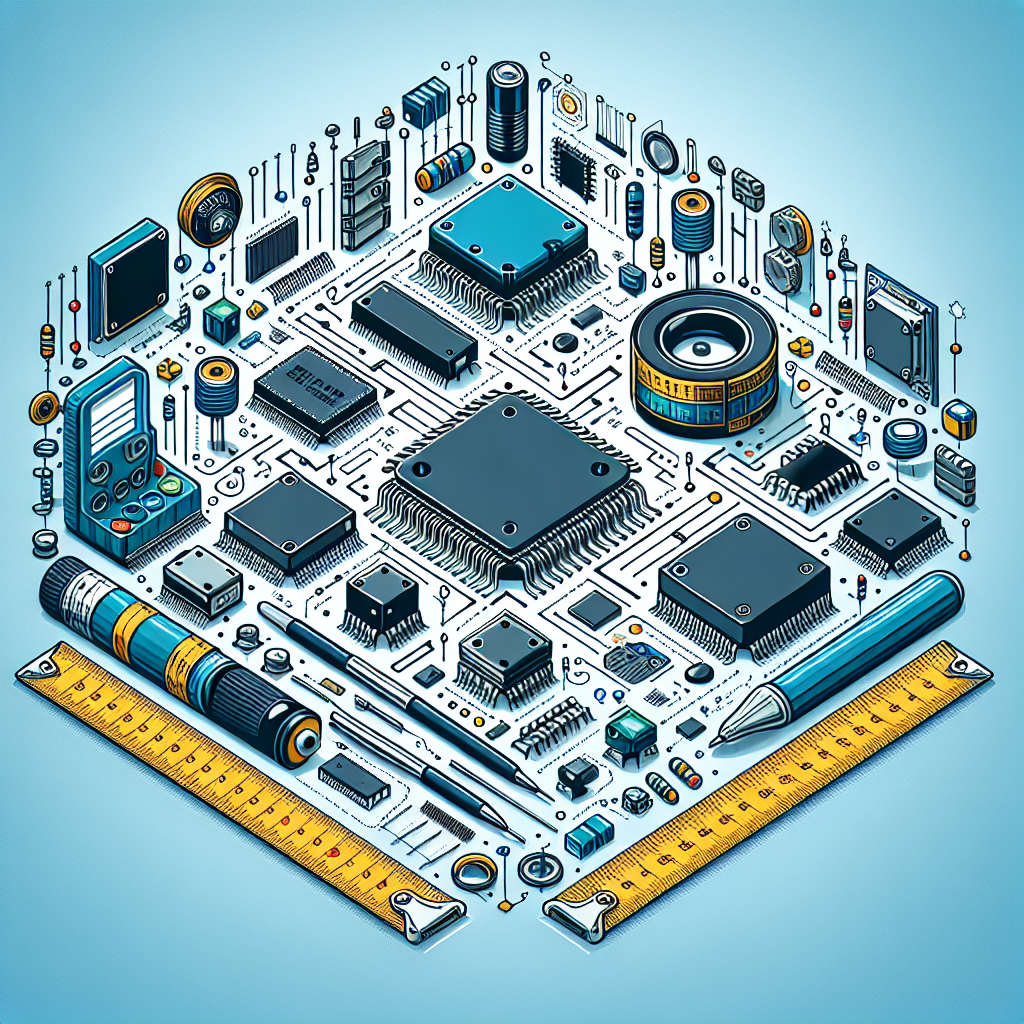Your cart is currently empty!
Understanding the Importance of Form Factor in Electronics Design

When it comes to designing electronics, one of the most critical factors to consider is the form factor. The form factor refers to the size, shape, and layout of a device, and it plays a crucial role in determining how the device will function and interact with other components. Understanding the importance of form factor in electronics design is essential for ensuring that devices are not only aesthetically pleasing but also practical and functional.
One of the primary reasons why form factor is so important in electronics design is because it directly impacts the usability and functionality of a device. For example, a device with a compact form factor is more portable and easier to handle than a bulky one. This is particularly important for consumer electronics such as smartphones and tablets, where users expect sleek and lightweight designs that are easy to carry around.
In addition to usability, form factor also plays a crucial role in determining the performance and efficiency of a device. For instance, the layout and placement of components within a device can affect its thermal management, electromagnetic interference, and signal integrity. By carefully designing the form factor of a device, engineers can optimize its performance and ensure that it meets the required specifications.
Furthermore, form factor is also important for aesthetic reasons. A well-designed form factor can enhance the overall appearance of a device and make it more appealing to consumers. This is particularly important in industries such as consumer electronics and fashion, where design plays a significant role in purchasing decisions.
Another key aspect of form factor in electronics design is compatibility. Devices with standardized form factors are more likely to be compatible with other devices and accessories, making them more versatile and user-friendly. For example, a device with a USB-C port can be easily connected to a wide range of peripherals, whereas a device with a proprietary port may require additional adapters or accessories.
Overall, understanding the importance of form factor in electronics design is essential for creating devices that are not only functional and efficient but also visually appealing and user-friendly. By carefully considering the size, shape, and layout of a device, engineers can optimize its performance, enhance its usability, and ensure its compatibility with other devices. Ultimately, a well-designed form factor is key to the success of any electronic device in today’s competitive market.

Leave a Reply